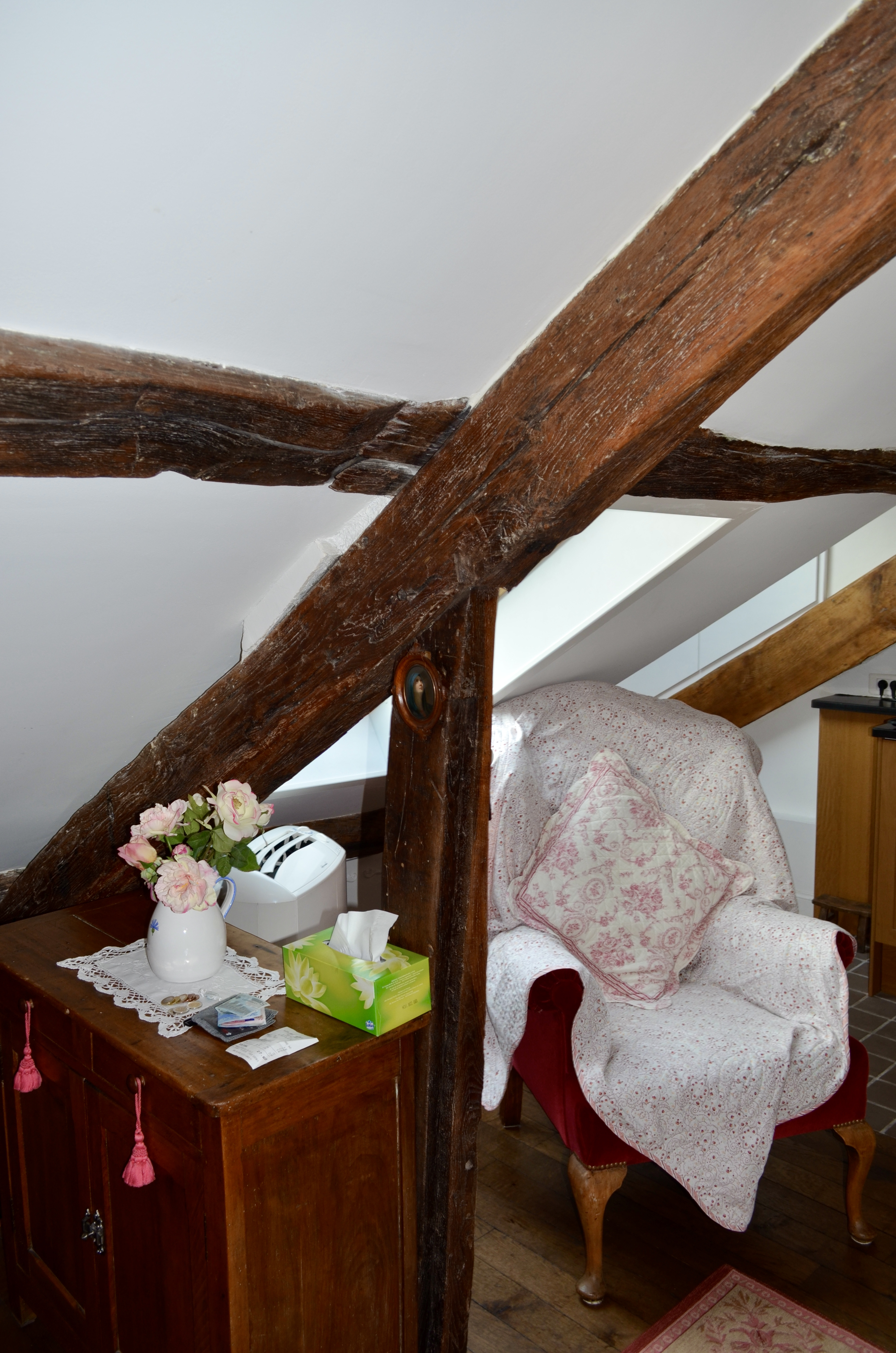
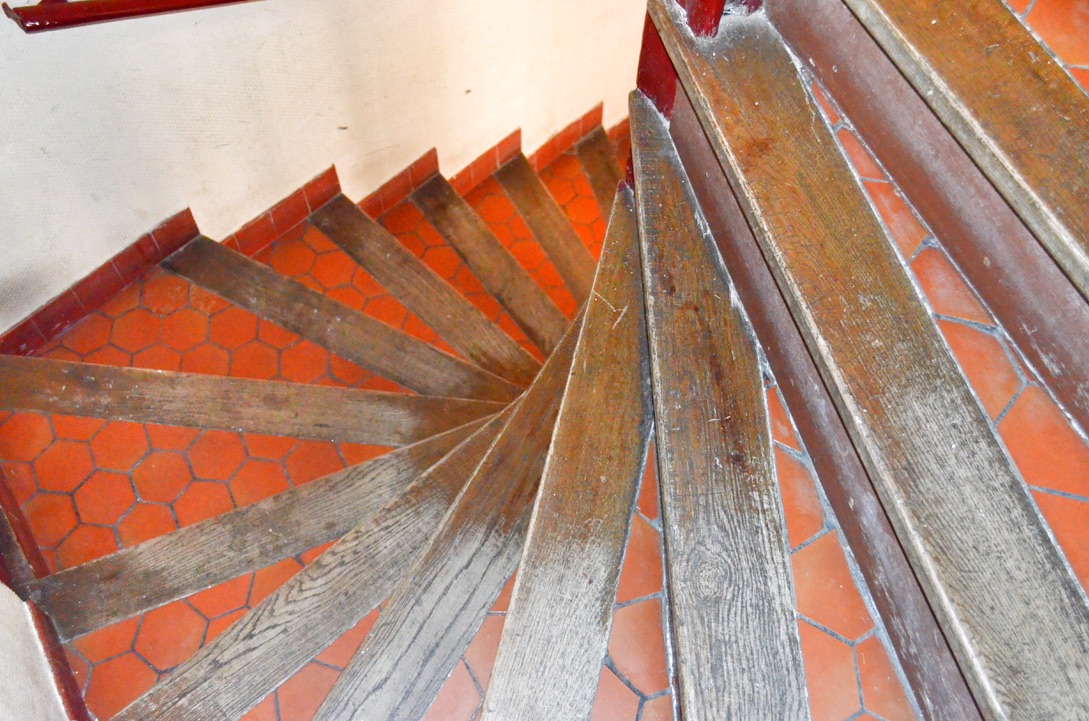
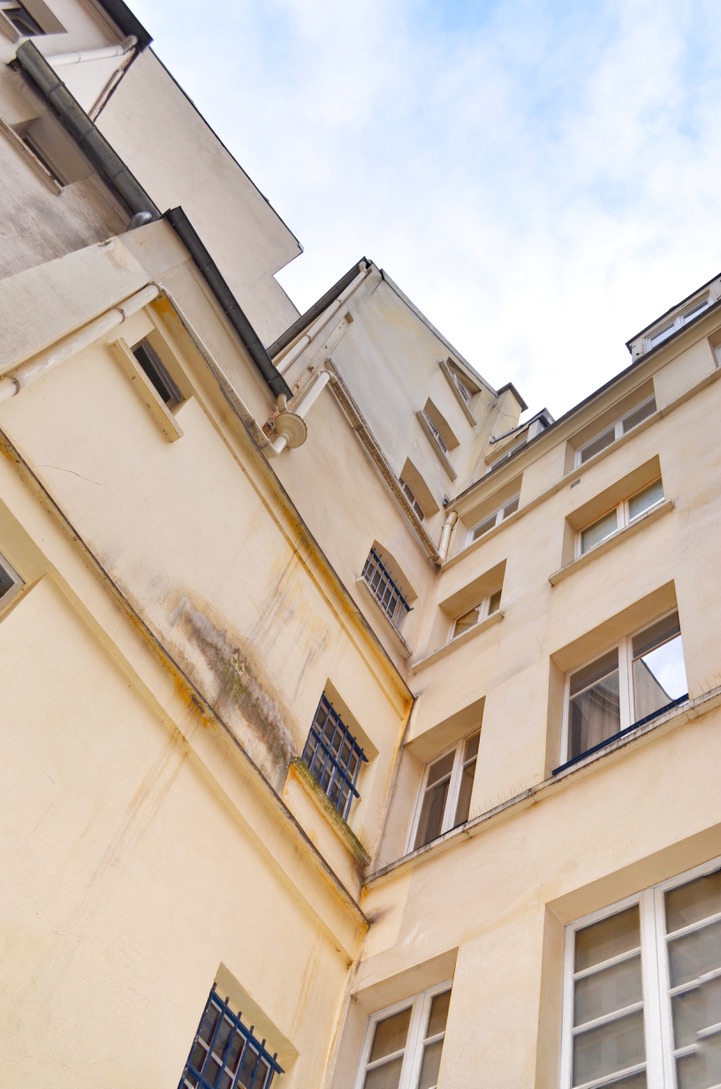


A photo of the garret first caught my attention. A chair and bed sat near the small windows, angled cozily under the sloped ceiling. “Studio under the roofs, in the heart of Paris…” read the ad. Additional photos showed a small but modern kitchen and bath and ancient wooden beams that crossed the entire space. It was affordable. I was hooked, so I booked it. I had no idea where it was, though the listing advised it was in the Marais’s 4th arrondissement and central to everything. At the time, I had no idea what the Marais and arrondissement were.
The Arrondissement
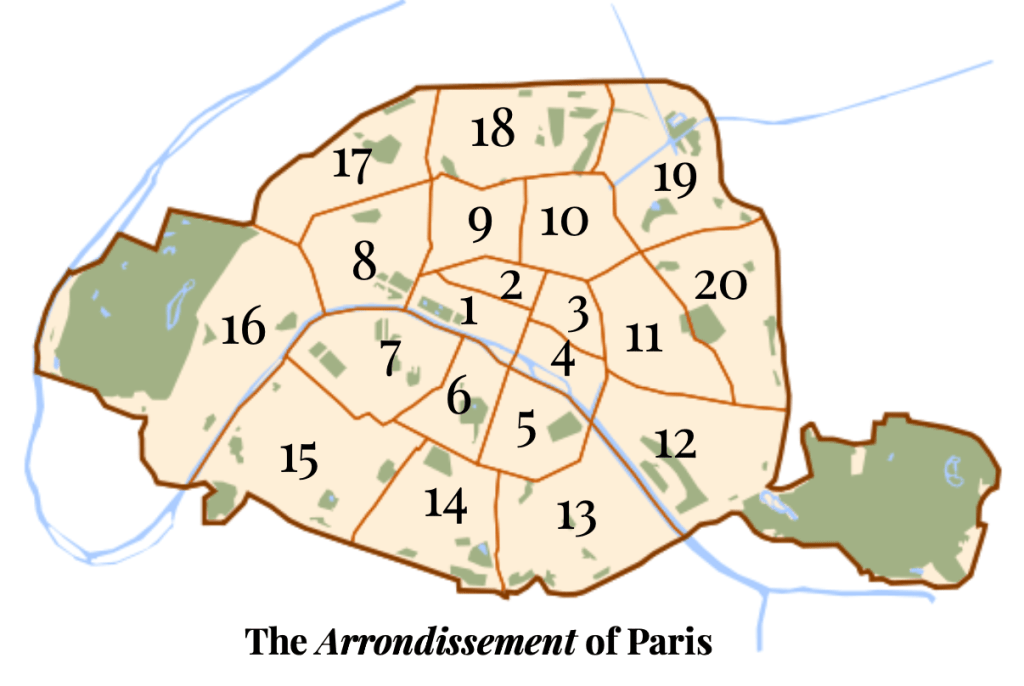
Quite simply, they are administrative districts of Paris. In the late 18th century, Paris was divided into 12 districts, and some 50-60 years later, Napoleon annexed eight more to the city. The arrondissement form a clockwise spiral, starting at the center and going west to east.
In 2016, Parisian legislators voted to merge the 1-4th districts, and the National Assembly approved it the following year. While the four arrondissement share one council and mayor today, they continue to exist as separate areas of the city.
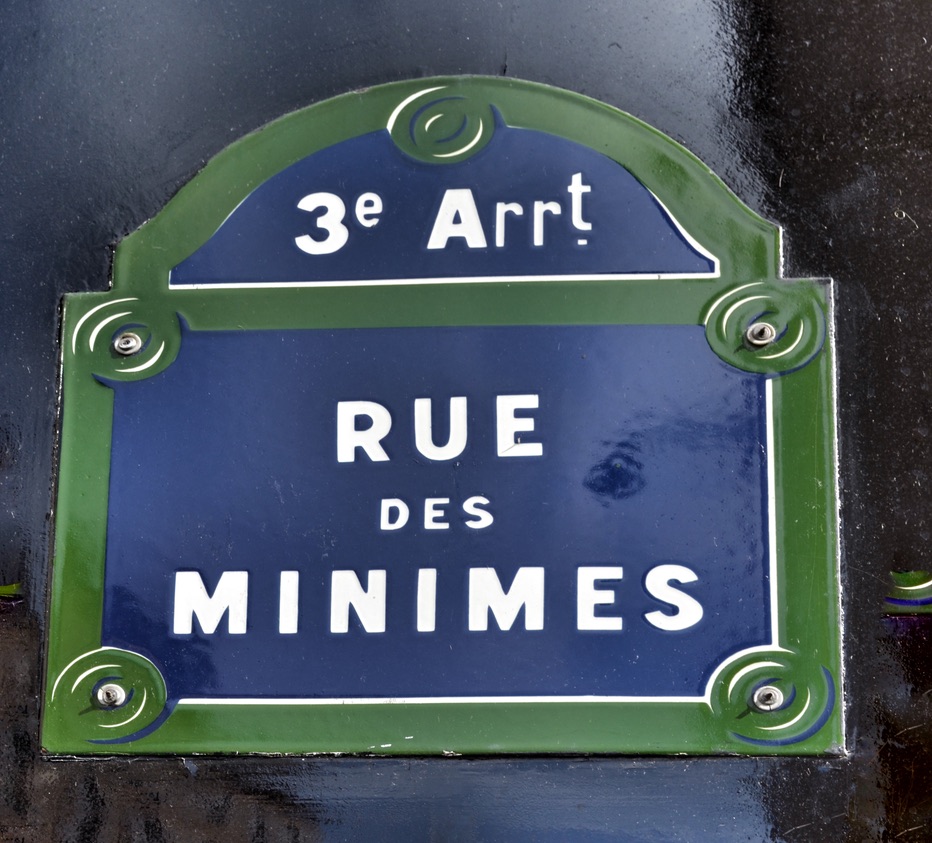
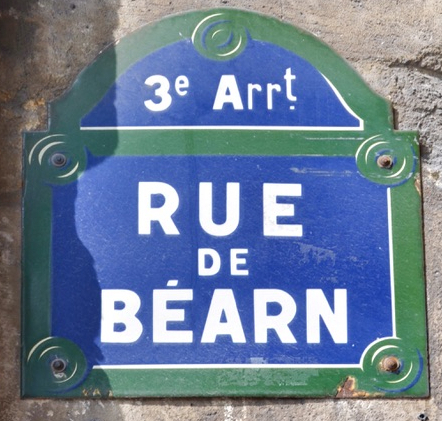


The street signs usually indicate the arrondissement. Many of the arrondissement carry the name of a monument located within its boundaries. For example, the first is “Louvre,” and the fifth is “Pantheon.”
The Marais


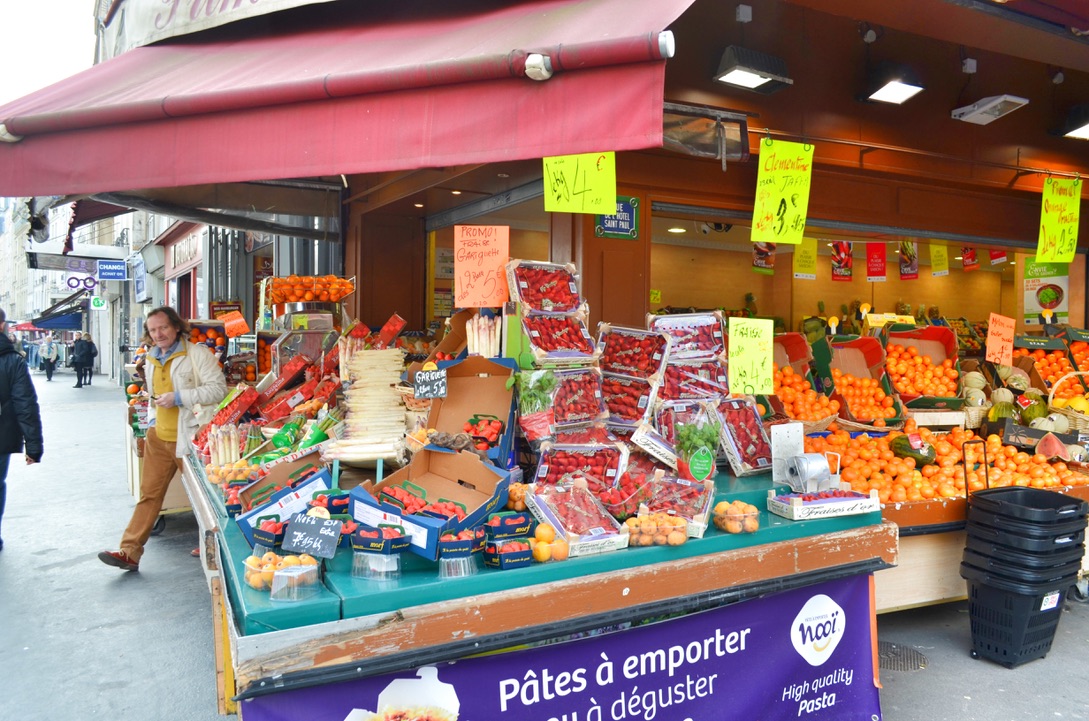

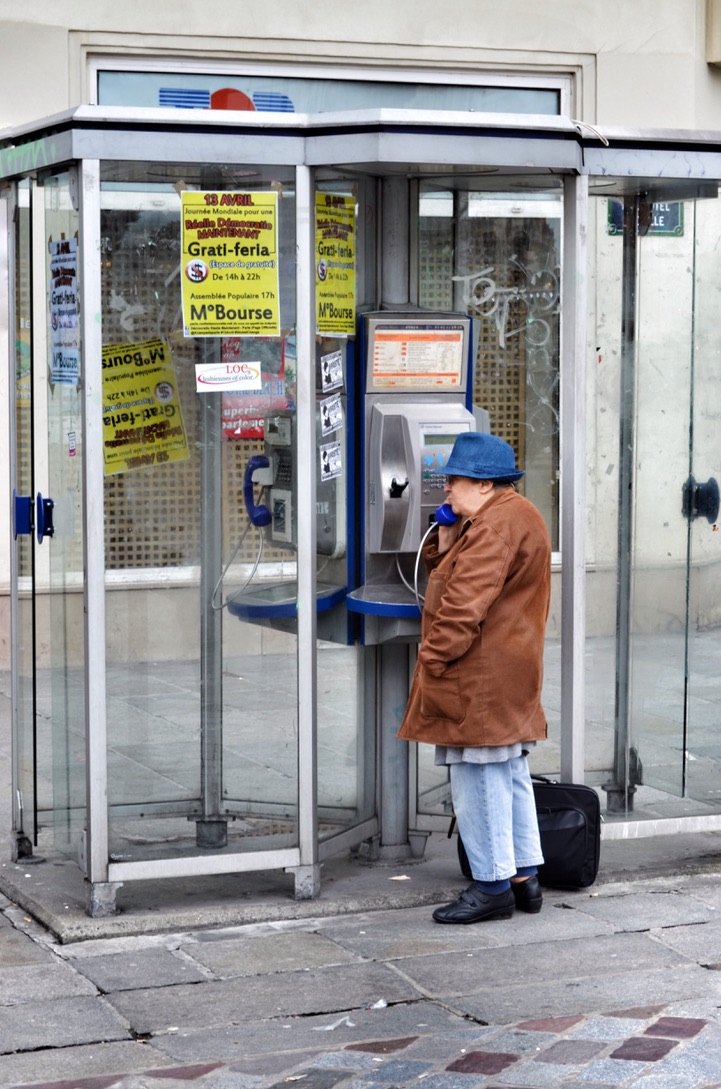

Covering parts of the 3rd and 4th arrondissements, the Marais is one of the historic districts of Paris. Once home to French aristocrats, the Marais is now a working-class district and protected by the government as a place of special cultural significance. There are more medieval (pre-revolutionary) streets and buildings in the Marais than in other arrondissement, and in the last 30-40 years, federal and local officials have pushed to restore the area. Under Charles deGaulle the Ministry of Culture made the Marais a secteur sauvegardé (literally safeguarded sector). In other words, these secteur sauvegardé are protected places of cultural and historical significance and are to be restored.
(A side note: When Napoleon ruled France, he wanted to get rid of the small alleys, cobblestone streets, and old buildings. He razed much of Paris in an attempt to build wide avenues and huge plazas. They were supposed to be wide enough to support military movement through the city as a means of protection. In addition, the wide avenues and boulevards, monuments and large buildings served as a reminder that the people who lived there that they were of a better class than those who remained in the older, smaller buildings and areas.)


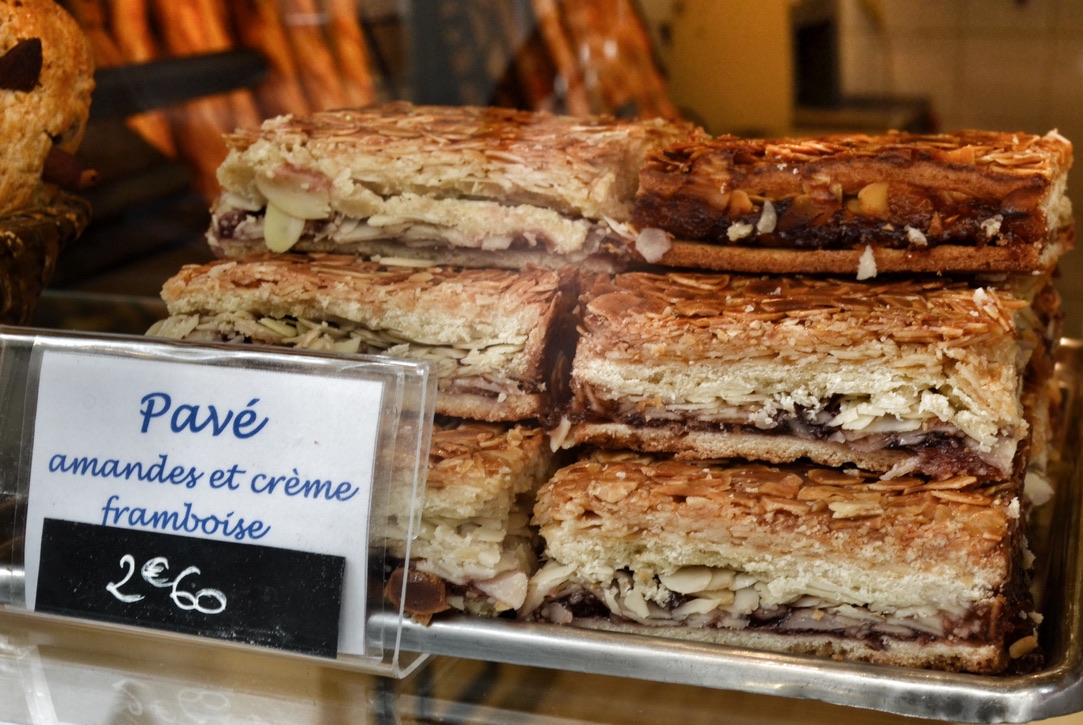
The Marais retains much of its old charm—narrow cobblestone streets, small patisseries and cafes, locally owned shops. There are a number of ethnic quarters, Jewish and Chinese being the largest. Within its boundaries are a large, open-air market and an old, English-language bookstore as well as delis and antique shops. Many of the hôtels (free-standing mansions) are museums, and the Marais has become trendy and fashionable.
The Marais and Art
Today, the Marais is home to many museums and art galleries. Included is the Centre Pompidou, a huge complex that houses a library, a center for music, and the the Musée National d’Art Moderne, the largest modern art museum in Europe. Named for the late French President Georges Pompidou, the center has seven levels and covers five acres.
The Musée contains over 100,000 works of art by 6,400 artists on its two floors of the building. One floor of the 200,000 square-foot museum houses Modern Art (1905-1960), and the other houses Contemporary Art (1960-present). Visitors can view paintings, sculptures, drawings, prints, photographs, cinema, new media, architecture, and design. Part of the collection rotates regularly to allow the entire collection to be on display at times.



(Side note: I want to know who decides some of this stuff is art. I’m going to collect a bunch of paint chips from home improvements stores, glue them to a board, frame it, and sell it for millions.)
Final Thought

If we were to go back to Paris, I would stay in the Marais again. I would, however, make sure wherever we stayed had an elevator. As much as we loved looking over the rooftops of Paris from our flat in the garret, we did not like climbing 110 steps to get up there. If we happened to forget something, if it were not an important item (wallet, for example), we left it.
The legs could only take so much.


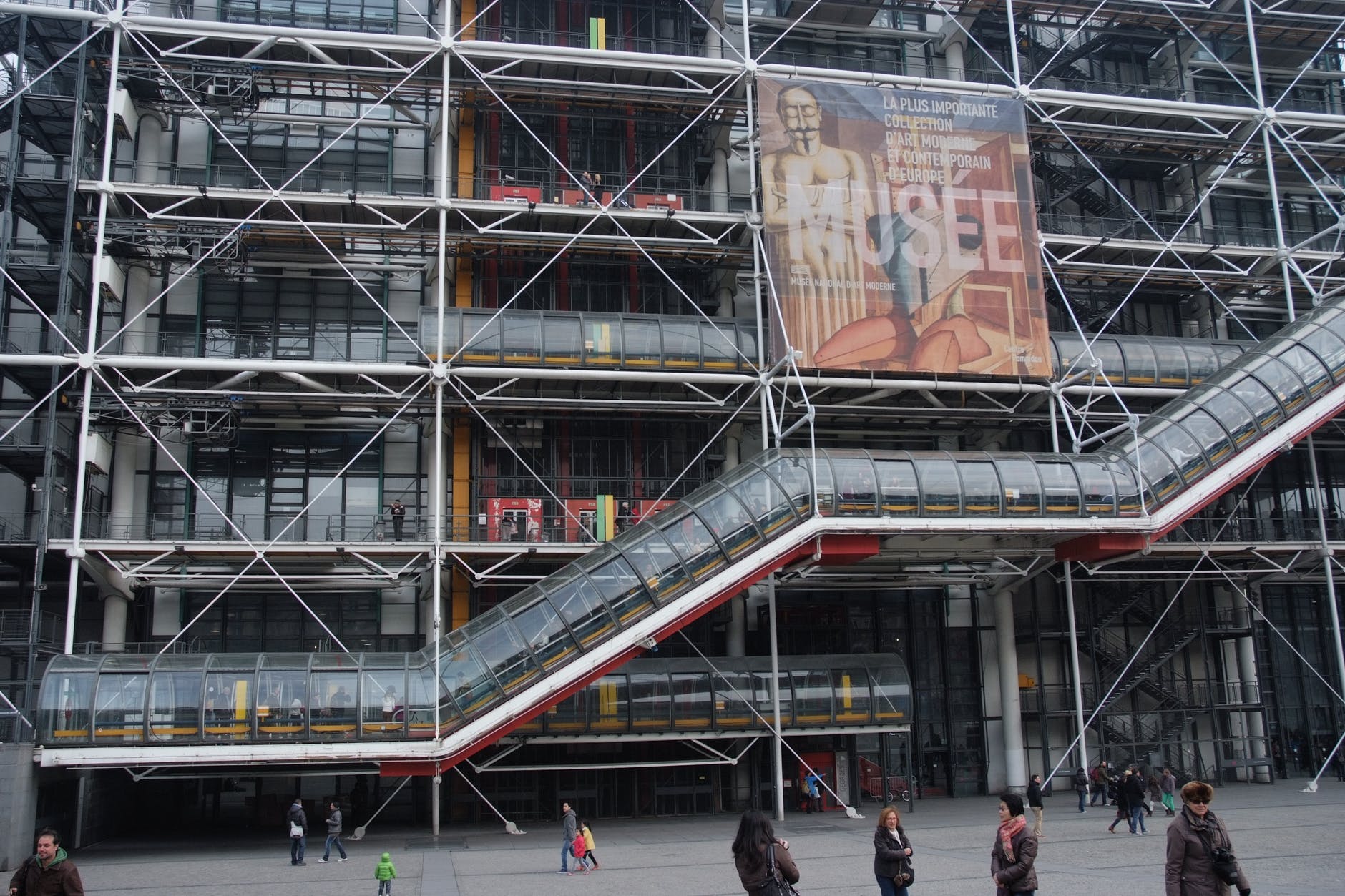

A tidy little garret in this timeless arondisement sounds and looks like the Paris of my dreams – except the 110 steps! Such a lovely read.
LikeLike